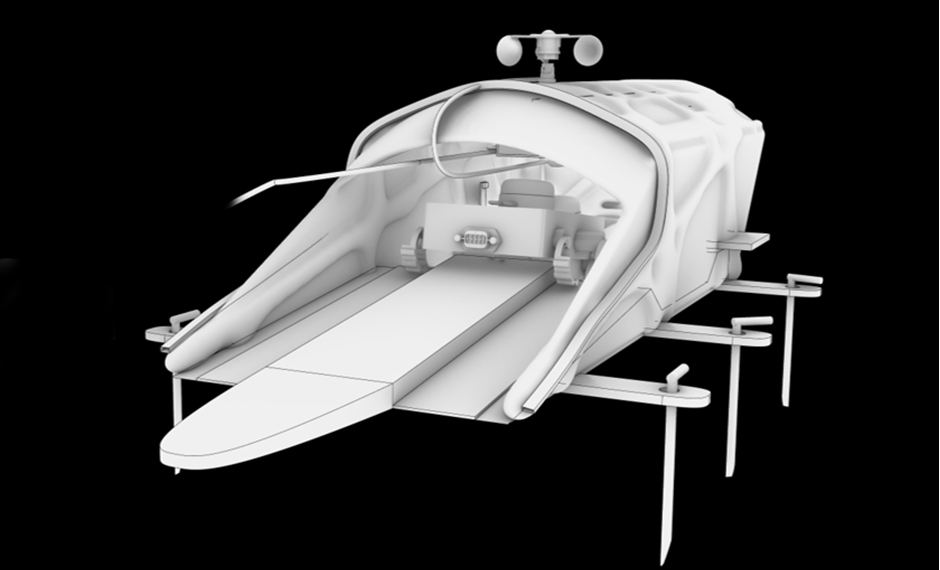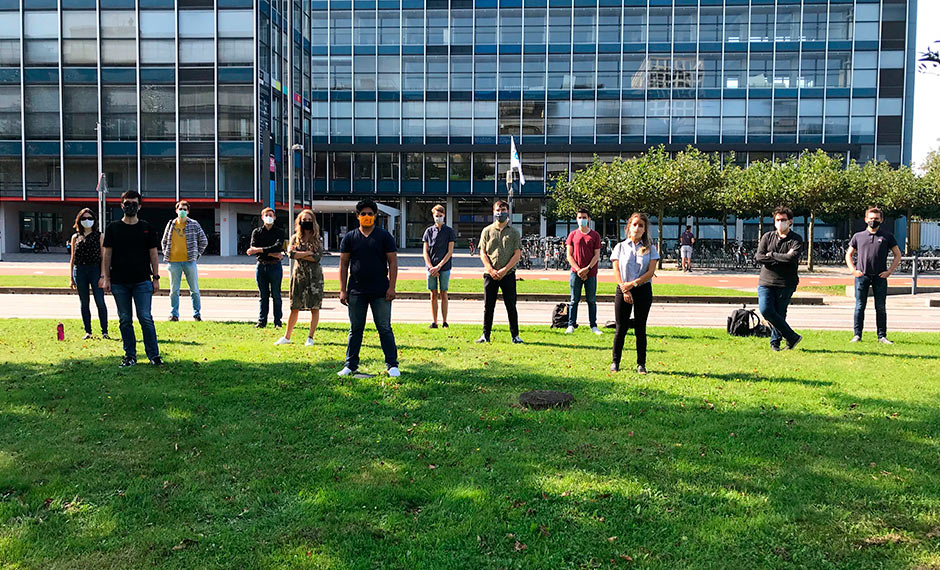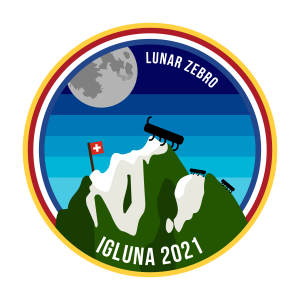IGLUNA
the project teams
P09 – LUNAR ZEBRO
System of Autonomous Miniaturized Robots
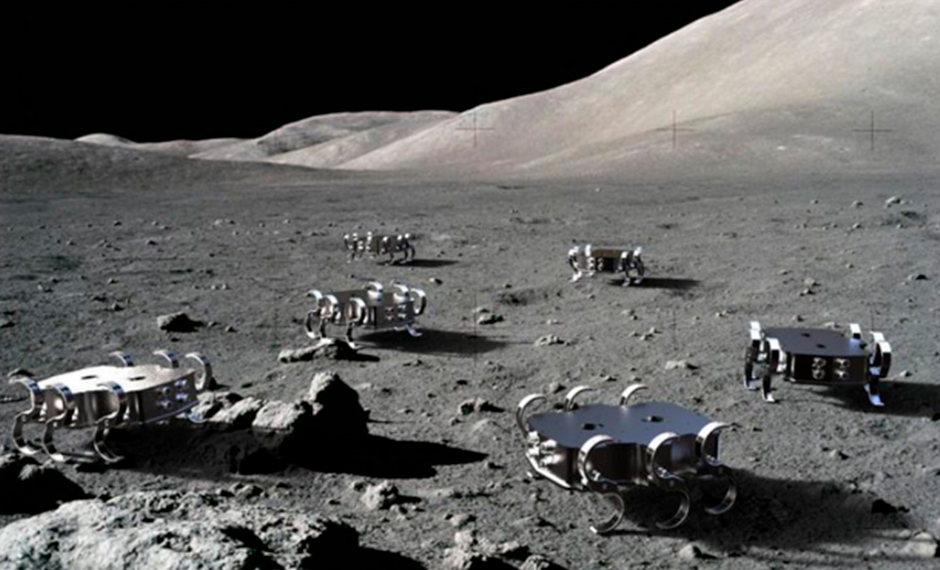
“We are excited to explore Mount Pilatus and report our findings back to the humans during the IGLUNA mission, just like we will do from the Moon, one day!”
about.
The overall goal of the Lunar Zebro project at IGLUNA is to design, plan and build a swarm of self-deploying, fault tolerant, inexpensive, and miniaturized robust autonomous roving robots. The swarm receives the commands via one rover that is elected by the other rovers in the swarm. Students from Delft University of Technology, in collaboration with other Dutch institutes, have spent nearly three years to develop and optimize intelligent swarming rovers.
The swarming rovers are small and have a low mass compared to other extra-terrestrial rovers, which makes them relatively less expensive and more affordable. By having many small low-cost rovers, more risk can be taken during scouting and exploration of rough surfaces, craters, caves, and lava tubes. The small rovers can go into the lava tubes or caves and search for possible human habitat locations. If one rover dies in an unfortunate event, there will be enough rovers left to perform the required tasks, which makes the swarm highly reliable.
In contrast to currently used “one rover” model like Curiosity, swarming is a faster and more efficient way to map surfaces, caves, and lava tubes, preventing humans from taking risks themselves or risking a multi-billion USD rover. The rovers can be deployed autonomously on a large scale and act as a high-redundancy distributed sensor system, with internode communication and independent power systems.
IGLUNA 2021 provides the project with a unique opportunity to demonstrate swarming in a Moon-like environment for the first time.
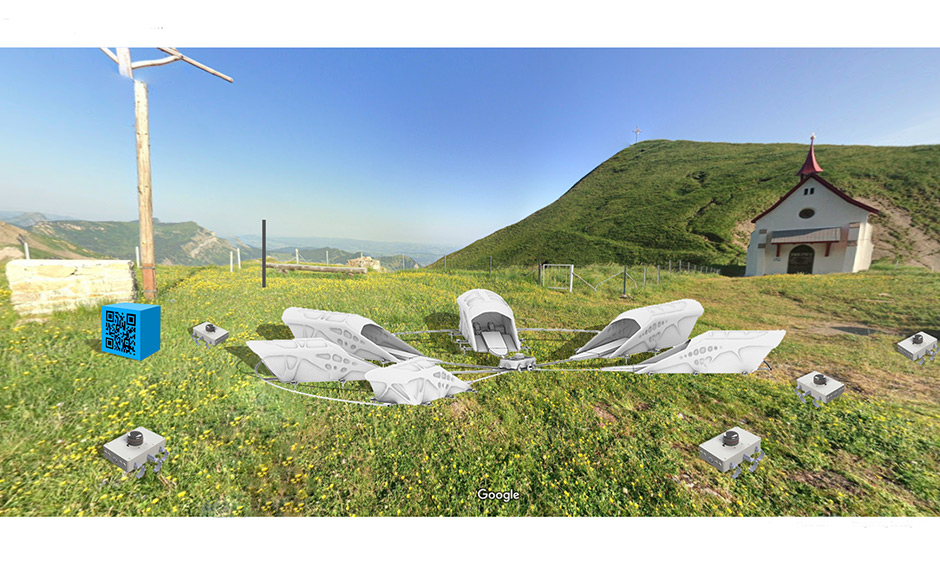
Robot
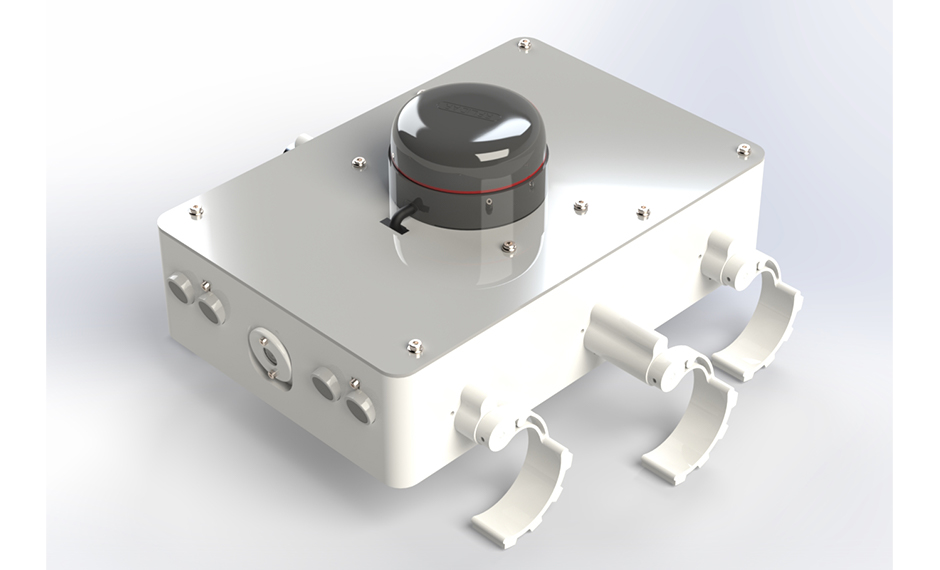
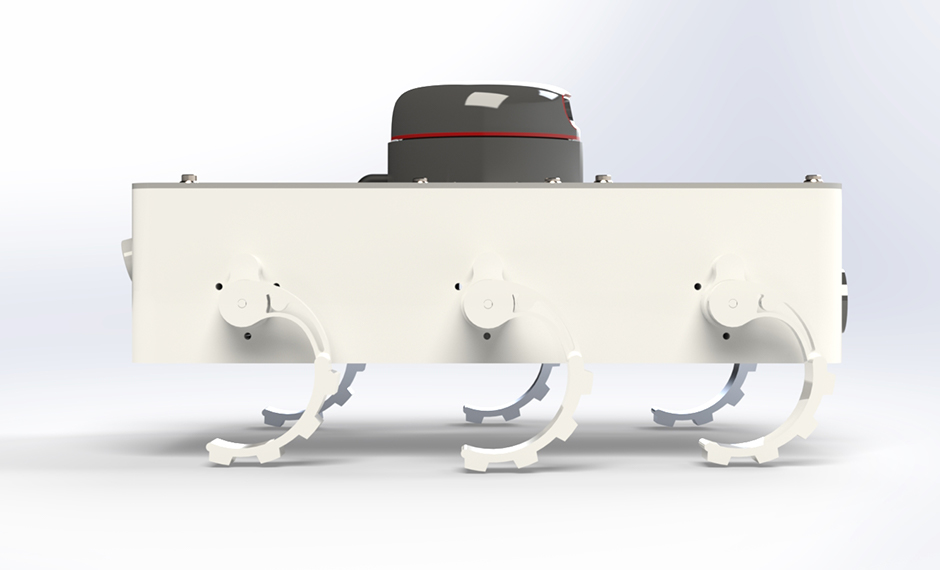
Docking station
